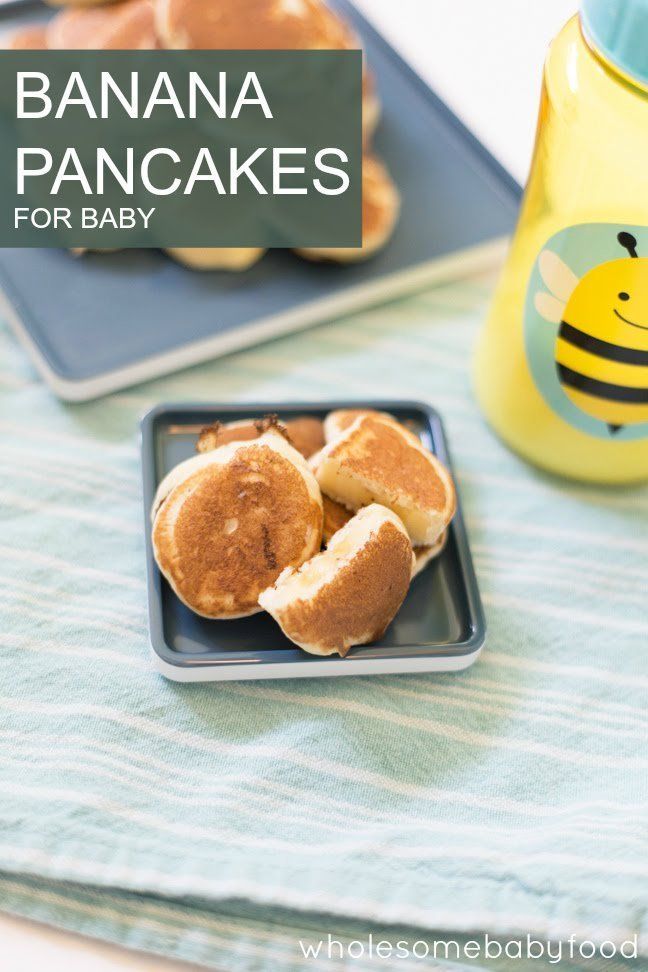What kind of cheese to feed baby
Age, Best and Worst Options, and Benefits
Starting solids with your baby? It’s such a fun (and messy) milestone!
While there seems to be a lot of focus on fresh fruit and vegetable purées, you might wonder when it’s OK to introduce other foods, like cheeses. Not only that, but you’re also probably curious as to which cheeses are safe and healthy to give to your little one.
Here’s what you need to know about offering your baby cheese in all its melty, gooey glory, including which cheeses are best and some notes on identifying potential lactose intolerance or milk allergy.
Check with your doctor before offering cheese to your baby. Some sources say it’s safe to offer cheese as early as 6 months while others say it’s better to wait until sometime between 8 and 10 months.
The Centers for Disease Control and Prevention (CDC) shares that cheeses are safe to add to your mealtime routine somewhere in between these ages — when your child is 7 to 8 months old.
Your doctor may have specific guidelines for you to follow with your baby given their unique development. Regardless, it’s important to wait 3 to 5 days between offering any new foods to your little one. This way, you can watch for signs of intolerance or allergic reaction, like diarrhea, vomiting, or a rash.
The key here is to offer your baby full fat cheeses that are also pasteurized for safety. Start with more mild varieties before moving onto stronger cheeses. You also want to seek out whole cheeses versus “cheese food products,” like Velveeta and others that contain added ingredients.
Look for:
- Colby
- cheddar (mild)
- Monterey jack
- mozzarella
- parmesan
- romano
- cottage cheese
- cream cheese
- ricotta
Again, full fat cheeses and other dairy products are best. Babies under age 2 need the fat to help their bodies and brains grow.
Avoid soft aged or mold-ripened cheeses, like brie, Camembert, and bacteria-ripened goat cheese varieties. The same goes with blue-veined cheeses, like Roquefort. These types may contain Listeria, a harmful bacteria that can make your baby sick with food poisoning.
The same goes with blue-veined cheeses, like Roquefort. These types may contain Listeria, a harmful bacteria that can make your baby sick with food poisoning.
Always check the cheese’s label to ensure it’s made with pasteurized milk. If you’re buying cheese at a farm stand or smaller shop, simply ask if the product is pasteurized. Pasteurization is a process that heats food to a certain temperature to kill off bacteria.
Fortunately, most cheeses — including many soft cheeses — that are sold in grocery stores across the United States are made with pasteurized milk. Those are fine to offer. Otherwise, avoid giving unpasteurized products to babies (and children and teens as well).
Related: 5 nutritious and easy baby food recipes you can make from your farmer’s market haul
While it may be tempting to offer your baby an individually wrapped string cheese, a chunk of cheese this big and round is actually a choking hazard. Cheese cubes present a similar challenge and should also go on the things-to-avoid list.
Certain melted cheeses — like melted mozzarella — are stringy and can become a choking hazard if not cut into small pieces.
Safe ways to offer cheese to your baby include:
- shredding (or buying pre-shredded) for finger food practice
- cutting thin strips for easy chewing
- melting atop vegetables or other foods
- melting into scrambled egg yolks, pancakes, or in a grilled cheese sandwich
- sprinkling or grating over pasta dishes
- spreading cream cheese thinly atop toast
Cottage cheese is another good option. It’s soft (but safe) and comes in both large and small curd varieties. If your baby is only eating smooth purées, you may want to pulse it a few times in your blender to break up the curds even more.
You can also mix cottage cheese in with puréed fruits and vegetables if your baby prefers it that way.
Related: Is it safe for babies to eat eggs?
Start by offering your baby just 1 to 2 ounces of cheese (and other protein-rich foods) a day if your baby is between 6 and 8 months old. Babies between 8 and 10 months old may get double this amount — 2 to 4 ounces each day.
Babies between 8 and 10 months old may get double this amount — 2 to 4 ounces each day.
Even this small amount provides notable benefits. Full fat cottage cheese, for example, is a good source of calcium, protein, and other important nutrients. Just a half cup gives your baby an impressive 12 grams of protein.
With regard to key minerals, this amount provides 87 milligrams (mg) of calcium, 167 mg of phosphorus, and 10.2 micrograms of selenium. It also gives your baby a boost of vitamin A, vitamin B12, riboflavin, as well as a dose of healthy fats.
While starting solids is a fun time, baby should still be breast or bottle feeding for the bulk of their nutritional needs.
Whether you have a family history or not, you’ll want to be on the lookout for dairy intolerance (lactose or milk protein) or allergy when you first offer cheese to your baby. In fact, cow’s milk allergy is one of the most common food allergies in babies and young children.
Symptoms of intolerance include things like diarrhea, nausea, and vomiting.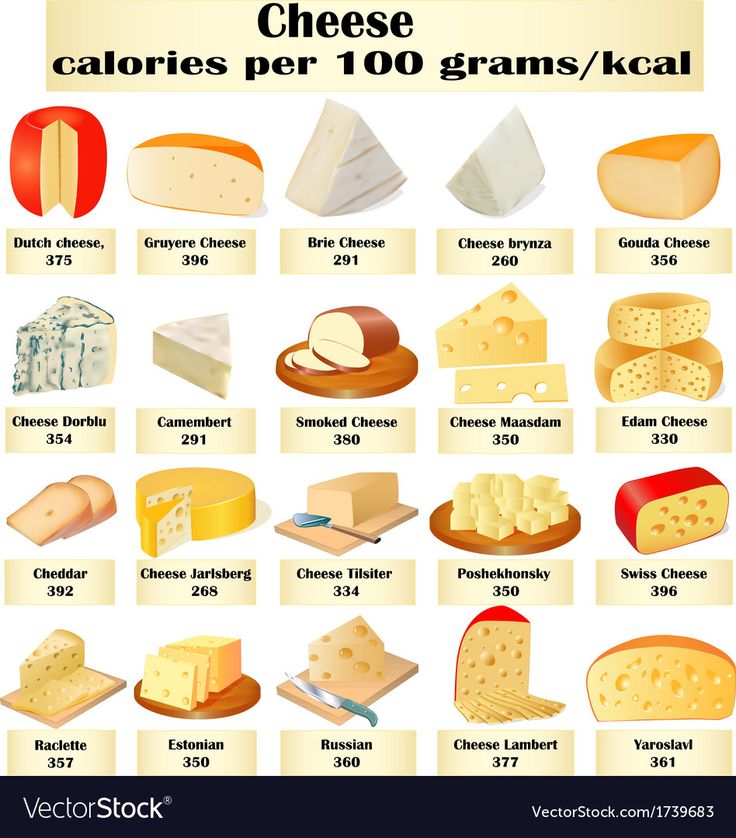 Your child may also have stomach cramping, bloating, or gas. Of course, they can’t tell you these things — so you may just notice your child is particularly fussy and uncomfortable.
Your child may also have stomach cramping, bloating, or gas. Of course, they can’t tell you these things — so you may just notice your child is particularly fussy and uncomfortable.
Allergic reaction signs can range from mild to severe. The most severe reaction is anaphylaxis. This is a medical emergency. Symptoms include hives, wheezing, or vomiting. You may also notice that your child is coughing or that their lips, tongue, and/or throat is swelling.
If you observe any of these symptoms, take your child to the emergency room as soon as possible. Anaphylaxis can be treated with a shot of the drug epinephrine.
Related: What you need to know about milk allergies
Cheese is a nutritious food to offer your baby. Start small — but have fun finding new ways to incorporate it into breakfast, lunch, dinner, and snack time.
Check labels and offer varieties that are pasteurized for safety. And remember to cut cheeses into small strips or melt it to address the potential choking hazard.
Last but not least, check in with your pediatrician if you’re unsure when you can give your baby cheese or if you have any concerns about dairy intolerance or allergy.
Age, Best and Worst Options, and Benefits
Starting solids with your baby? It’s such a fun (and messy) milestone!
While there seems to be a lot of focus on fresh fruit and vegetable purées, you might wonder when it’s OK to introduce other foods, like cheeses. Not only that, but you’re also probably curious as to which cheeses are safe and healthy to give to your little one.
Here’s what you need to know about offering your baby cheese in all its melty, gooey glory, including which cheeses are best and some notes on identifying potential lactose intolerance or milk allergy.
Check with your doctor before offering cheese to your baby. Some sources say it’s safe to offer cheese as early as 6 months while others say it’s better to wait until sometime between 8 and 10 months.
The Centers for Disease Control and Prevention (CDC) shares that cheeses are safe to add to your mealtime routine somewhere in between these ages — when your child is 7 to 8 months old.
Your doctor may have specific guidelines for you to follow with your baby given their unique development. Regardless, it’s important to wait 3 to 5 days between offering any new foods to your little one. This way, you can watch for signs of intolerance or allergic reaction, like diarrhea, vomiting, or a rash.
The key here is to offer your baby full fat cheeses that are also pasteurized for safety. Start with more mild varieties before moving onto stronger cheeses. You also want to seek out whole cheeses versus “cheese food products,” like Velveeta and others that contain added ingredients.
Look for:
- Colby
- cheddar (mild)
- Monterey jack
- mozzarella
- parmesan
- romano
- cottage cheese
- cream cheese
- ricotta
Again, full fat cheeses and other dairy products are best. Babies under age 2 need the fat to help their bodies and brains grow.
Avoid soft aged or mold-ripened cheeses, like brie, Camembert, and bacteria-ripened goat cheese varieties.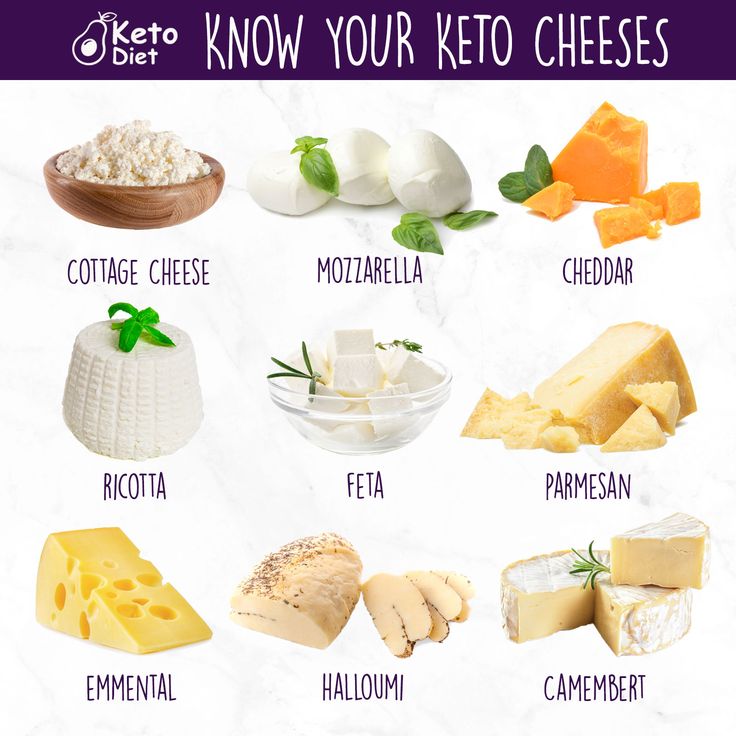 The same goes with blue-veined cheeses, like Roquefort. These types may contain Listeria, a harmful bacteria that can make your baby sick with food poisoning.
The same goes with blue-veined cheeses, like Roquefort. These types may contain Listeria, a harmful bacteria that can make your baby sick with food poisoning.
Always check the cheese’s label to ensure it’s made with pasteurized milk. If you’re buying cheese at a farm stand or smaller shop, simply ask if the product is pasteurized. Pasteurization is a process that heats food to a certain temperature to kill off bacteria.
Fortunately, most cheeses — including many soft cheeses — that are sold in grocery stores across the United States are made with pasteurized milk. Those are fine to offer. Otherwise, avoid giving unpasteurized products to babies (and children and teens as well).
Related: 5 nutritious and easy baby food recipes you can make from your farmer’s market haul
While it may be tempting to offer your baby an individually wrapped string cheese, a chunk of cheese this big and round is actually a choking hazard. Cheese cubes present a similar challenge and should also go on the things-to-avoid list.
Certain melted cheeses — like melted mozzarella — are stringy and can become a choking hazard if not cut into small pieces.
Safe ways to offer cheese to your baby include:
- shredding (or buying pre-shredded) for finger food practice
- cutting thin strips for easy chewing
- melting atop vegetables or other foods
- melting into scrambled egg yolks, pancakes, or in a grilled cheese sandwich
- sprinkling or grating over pasta dishes
- spreading cream cheese thinly atop toast
Cottage cheese is another good option. It’s soft (but safe) and comes in both large and small curd varieties. If your baby is only eating smooth purées, you may want to pulse it a few times in your blender to break up the curds even more.
You can also mix cottage cheese in with puréed fruits and vegetables if your baby prefers it that way.
Related: Is it safe for babies to eat eggs?
Start by offering your baby just 1 to 2 ounces of cheese (and other protein-rich foods) a day if your baby is between 6 and 8 months old.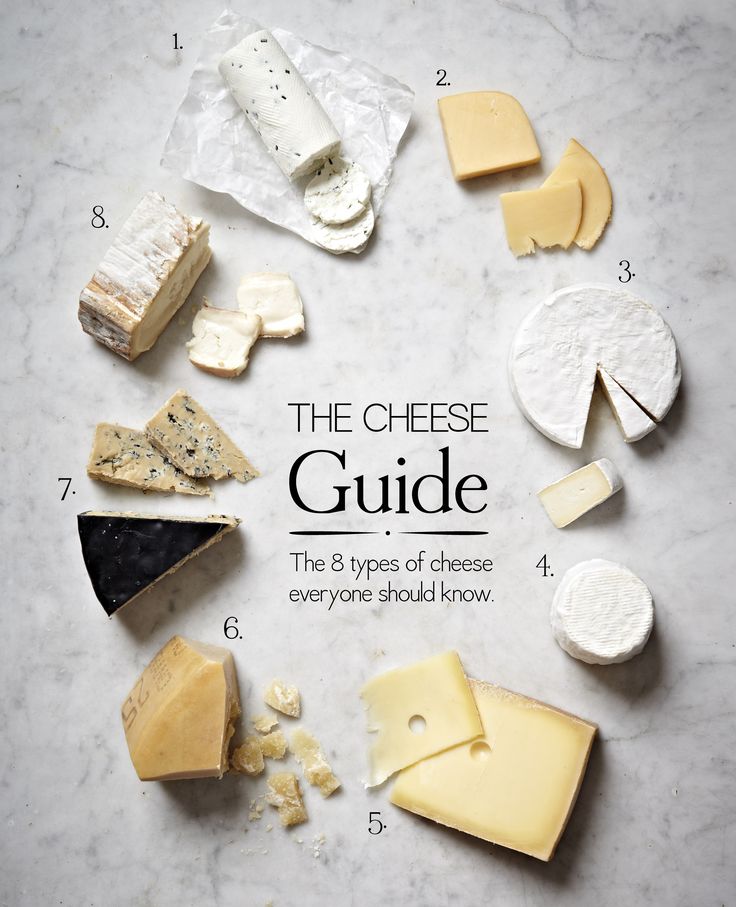 Babies between 8 and 10 months old may get double this amount — 2 to 4 ounces each day.
Babies between 8 and 10 months old may get double this amount — 2 to 4 ounces each day.
Even this small amount provides notable benefits. Full fat cottage cheese, for example, is a good source of calcium, protein, and other important nutrients. Just a half cup gives your baby an impressive 12 grams of protein.
With regard to key minerals, this amount provides 87 milligrams (mg) of calcium, 167 mg of phosphorus, and 10.2 micrograms of selenium. It also gives your baby a boost of vitamin A, vitamin B12, riboflavin, as well as a dose of healthy fats.
While starting solids is a fun time, baby should still be breast or bottle feeding for the bulk of their nutritional needs.
Whether you have a family history or not, you’ll want to be on the lookout for dairy intolerance (lactose or milk protein) or allergy when you first offer cheese to your baby. In fact, cow’s milk allergy is one of the most common food allergies in babies and young children.
Symptoms of intolerance include things like diarrhea, nausea, and vomiting. Your child may also have stomach cramping, bloating, or gas. Of course, they can’t tell you these things — so you may just notice your child is particularly fussy and uncomfortable.
Your child may also have stomach cramping, bloating, or gas. Of course, they can’t tell you these things — so you may just notice your child is particularly fussy and uncomfortable.
Allergic reaction signs can range from mild to severe. The most severe reaction is anaphylaxis. This is a medical emergency. Symptoms include hives, wheezing, or vomiting. You may also notice that your child is coughing or that their lips, tongue, and/or throat is swelling.
If you observe any of these symptoms, take your child to the emergency room as soon as possible. Anaphylaxis can be treated with a shot of the drug epinephrine.
Related: What you need to know about milk allergies
Cheese is a nutritious food to offer your baby. Start small — but have fun finding new ways to incorporate it into breakfast, lunch, dinner, and snack time.
Check labels and offer varieties that are pasteurized for safety. And remember to cut cheeses into small strips or melt it to address the potential choking hazard.
Last but not least, check in with your pediatrician if you’re unsure when you can give your baby cheese or if you have any concerns about dairy intolerance or allergy.
When can cheese be given to a child and what
Cheese has incorporated all the best that is in milk. High calcium content (about ten times more in cheese than in cottage cheese), vitamins A, B, D, PP and E, phosphorus and minerals, already fermented, easy to digest protein. But with all this splendor, cheese is not suitable for feeding children under 10 months. There is too much protein in cheeses (there is even more of it in cheese than in meat), and after all, an excess of protein is just as dangerous as its lack. A high proportion of minerals and a large amount of salt in almost all types of cheese overload the baby's kidneys. nine0003
Important!
The baby's body is not yet able to cope with excess salt and protein, so most pediatricians do not recommend giving cheese until 10-12 months.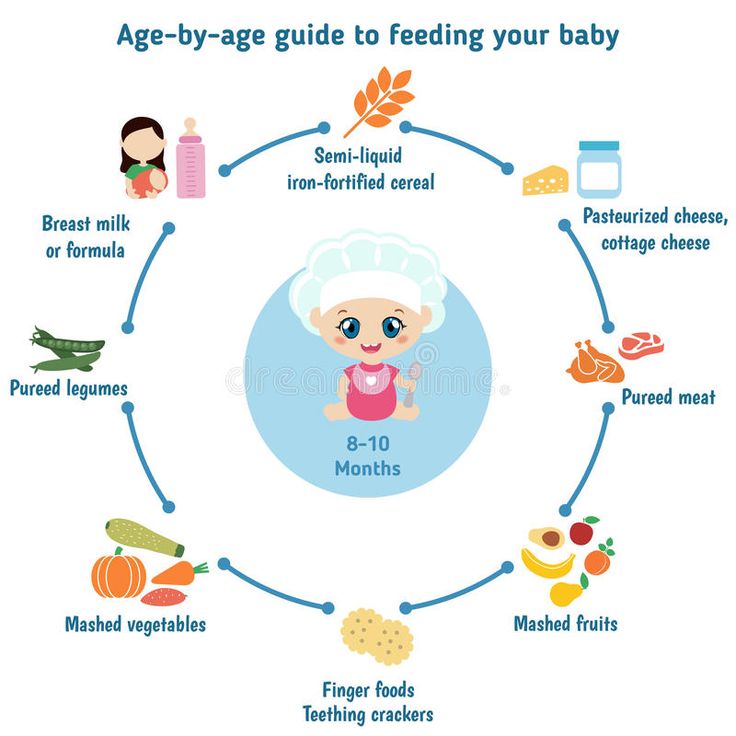
Choose products for babies under one year old
Dozens of varieties of cheese are sold in the store. Not all are suitable for kids. We immediately discard the entire group of blue cheeses, smoked cheeses, cheeses with hot peppers, etc. Too spicy, too salty, not suitable for baby food. In the remaining assortment, we are looking for cheeses with a low fat content, preferably no more than 30-35%. In the usual varieties "Gouda", "Edam", "Creamy" fat content is 42-55% and up to 70%, they cannot be used in the diet of children under one year old. nine0003
Next, among the remaining cheeses, sort out those with the inscription "pickled cheese". These are the varieties "brynza", "suluguni", etc. The technology of their preparation includes several days of soaking in brine. These cheeses are too salty, which is dangerous for the baby. You can significantly reduce the amount of salt in cheese by soaking a small piece in cold water for 2-3 hours. It is better to change the water a couple of times. The taste, of course, will become insipid and uninteresting, but such cheese will only benefit the child. Of the remaining cheeses, we look at varieties with a minimum salt content. These are Ricotta, Mozzarella, Cheddar, etc. If the cheese seems too salty, a piece can be soaked in water and only then given to the baby. nine0003
The taste, of course, will become insipid and uninteresting, but such cheese will only benefit the child. Of the remaining cheeses, we look at varieties with a minimum salt content. These are Ricotta, Mozzarella, Cheddar, etc. If the cheese seems too salty, a piece can be soaked in water and only then given to the baby. nine0003
Important!
Ideal for baby food - special baby cheeses. They are low-fat, with a reduced amount of salt and minerals.
At 11-12 months, the baby can be introduced to the taste of cheese, a couple of times a week to give a piece the size of a pea.
After one year, cheese can be increased to five grams per day. Offer cheese at least one meal away from meat, such as pear or zucchini. It is not recommended to treat the baby with cheese daily, it is better to set aside 2-3 "cheese" days a week. After one and a half years, the daily portion of cheese can be increased to 10-15 grams, by two years - up to 20 grams. nine0003
It is convenient to add grated cheese to an omelette or vegetable puree. If the baby does not make friends with cheese, do not insist. Tastes change, perhaps closer to school he will love cheese sandwiches.
If the baby does not make friends with cheese, do not insist. Tastes change, perhaps closer to school he will love cheese sandwiches.
Lactose-free cheese is available for children with lactose intolerance; it is low in fat, but, unfortunately, often too salty. A slice of lactose-free cheese can be soaked in water for several hours and offered to the baby.
Eat to your health!
What kind of cheese and when can children: at what age can cheese be given to a child
05/14/2020 16446
Can. Just consider variety restrictions when choosing which cheese to give your child.
Can't give cheese *, **:
- sharp
- with mold
- fused
- smoked
- with additives: spices, nuts, dried vegetables
Why not with mold – is it edible? Cheese mold often causes an allergic reaction.
What kind of cheese can children have?
Best mild durum:- Russian
- Kostroma
- Parmesan
- Cheddar
- Gouda
- Edam
- Maasdam ***.
What the cheese contains:
- Protein
- Milk fat
- Calcium
- Vitamins A, B1, B2, B12
Cheese is good because it contains a lot of protein and calcium. At the same time, cheese has a high salt content for a child. Curd cheese has less salt - for a change, you can offer it to your baby instead of cottage cheese if the child is over 1 year old. nine0040 Cheese is also produced specifically for baby food ****. It contains less salt and is also less fat compared to the "adult" product.
It contains less salt and is also less fat compared to the "adult" product.
Cheese for children - at what age?
From 1 year you can give about 5 g per day. This is a thin slice for 1/3-1/4 of a piece of bread**.
What's the point of such a small piece?
Food is more than just nutrients to grow or stay active. When you eat tasty and varied, you get pleasure. Pleasure causes anticipation: what will be so appetizing for breakfast, lunch or dinner? Therefore, new flavors can improve the baby's appetite. nine0002 For an unusual twist on your sandwich, cut the cheese into a flower, car, or other shape using a small cookie cutter. Invite your child to cook it with you. So that the baby chews the cheese better and does not choke, you can rub the cheese on a sandwich. In addition to adding to a sandwich, cheese can be rubbed into pasta. A full teaspoon of grated cheese weighs approximately 10 g**.
The amount of cheese in dishes is allowed to be increased from 3 years old, if the child likes it.



